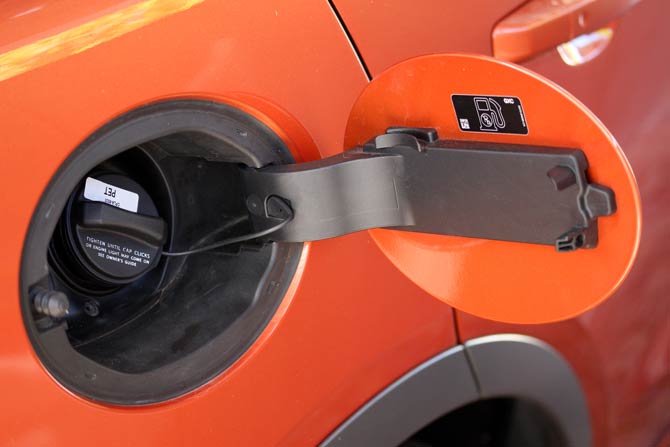
No machines are built to last forever – and neither are cars. Vehicles have complex mechanics with a large number of moving parts that are subject to wear, high loads and extreme weather conditions. Over time, it is essential that individual components are replaced, fluids renewed or other components readjusted.
In addition, there are some repairs that are required much more frequently than other measures.
Replacing spark plugs
If a spark plug in a car is not working properly, major problems can quickly arise. The small components generate sparks that ignite fuel to activate cylinders in the engine. Without these spark plugs, drivers cannot even start the engine. Vehicle owners with a good DIY background can buy these spare parts online and replace them themselves at home.
However, it is important to carry out the repair correctly.
If the spark plugs are not installed correctly or if car owners delay replacing them for too long, there is a risk of damage to the transmission, engine or other areas of the car.

#394573669 – stock.adobe.com
Timely replacement of brakes and brake pads
Every driver is aware of the important role that brakes play in a vehicle. In the best case scenario, the components can even save lives. Statistics confirm these fears. Around a quarter of all accidents occur because the vehicle was unable to stop in time.
The most common problem with brakes is that they need to be replaced when their pads are worn out. The cost of replacing these components is reasonable if the brakes and pads are not too worn. Regular maintenance of the brakes should therefore include checking the brake lines, drums and brake discs.


#67465298 – stock.adobe.com
Regular oil changes
To ensure that a vehicle's drive system functions effectively and smoothly, the engine oil should be changed approximately every 10,000 kilometers.
The oil collects dirt and debris that accumulate inside the engine.
Over time, this reduces the ability of the engine to provide sufficient lubrication to all important engine parts. Oil changes are a relatively simple and inexpensive way to maintain a vehicle. Skilled do-it-yourselfers may even be able to carry out this task themselves.
Repairs and tire changes
If the tire pressure is not correct or the tire tread is not suitable for the weather, the vehicle will lose speed and fuel efficiency. In the worst case scenario, incorrect tire pressure could even lead to loss of control of the vehicle.
Therefore, vehicle owners are well advised to change or repair their tires at the latest when the wheels are worn or a leak is noticed. In these circumstances, the risk of worn or damaged tires causing a flat tire is high.


#618442692 – stock.adobe.com
Poor electrical system
Electrical components such as light bulbs or fuses also require regular replacementMost vehicle owners can easily replace these components at home, as the spare parts can be ordered from retailers.
The only requirement is that vehicle owners purchase the correct bulbs and fuses.
Stuck fuel cap
If the check engine light on the dashboard flashes, the cause is usually a rattling and loose fuel cap. If vehicle owners do not have loose tank caps repaired, the repair costs increase steadily. This consequence is inevitable due to the increased fuel consumption. If too much air forms in the tank, oxygen mixes with the fuel. As a result, fuel consumption automatically increases.


#496500196 – stock.adobe.com
Changing the lambda sensor
Lambda sensors measure the amount of oxygen in the exhaust gases so that engine performance and emissions achieve optimal levels. The small components are helpful in adjusting the ratio of air and fuel in the engine.
The ignition only works optimally when the spark plugs in the vehicle have a perfectly balanced ratio between air and fuel.
Problems with the ignition system
Car ignition systems consist of a battery, the starter motor, the ignition key and the ignition button on a dashboard.
If one of these components fails, the drive cannot start. In the worst case, the engine may fail.
Weak or empty batteries usually cause a faulty ignition system. Changing the battery is inexpensive and not particularly complicated.
Subsequently integrated alarm system
Alarm systems installed retrospectively often cause problems. For an alarm system to work, it requires a constant power supply from the vehicle electrical system or the car battery.
However, with an alarm system as an additional function, it cannot be ruled out that other components will not receive enough energy and will fail. If installed incorrectly, an alarm system can even damage the battery. If you want to avoid this scenario, you should make sure that the alarm system corresponds to the electrical and battery-related characteristics of the vehicle. Then nothing stands in the way of carefree use of the alarm system in the vehicle.
Source: https://www.blog.de/haeufigste-reparaturen-am-auto/


